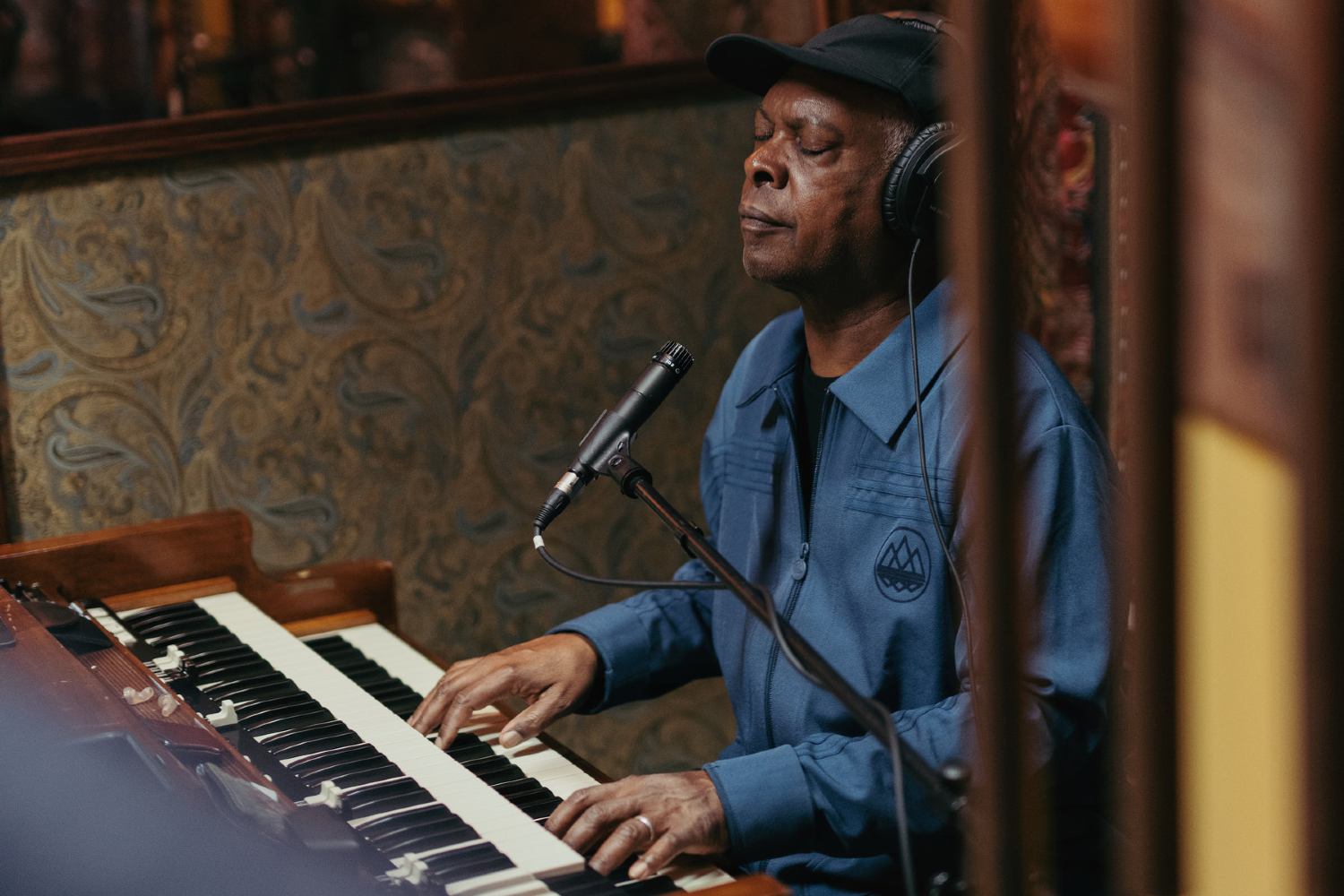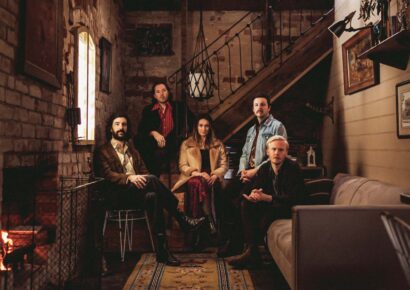Celebrating the soul of the world's greatest Hammond organ.
One of the most remarkable things about the Hammond organ is that it’s been around for literally thousands of years. First, there were pipe organs, which have been a mainstay of churches and cathedrals for countless generations. While pipe organs were undoubtedly a cornerstone in the development of the instrument, their size and resounding bellow constrained their use to solely religious settings.
Read all the latest features, columns and more here.
In 1933, a gifted US engineer by the name of Laurens Hammond was tasked with designing an affordable organ for churches that didn’t have the cash nor space for a pipe organ. The resulting invention relied on an electric motor that rotated a set of tone wheels at different speeds – as the wheels spun, they produced sounds of varying pitches, which were ultimately captured by electromagnetic pickups before being sent to a speaker.
The 122-key, double manual Hammond did a superb job at imitating the sound of a pipe organ, thus fulfilling the reason for its creation. Eventually, however, musicians began to realise the sonic breadth that the Hammond could offer to other genres. Jazz pioneer George Gershwin bought a prototype in 1934, and helped popularise the versatile qualities of the instrument. From then on, the Hammond’s soulful tones have become a staple of gospel, prog rock, jazz, and psychedelic rock genres alike.
Hammond have produced a multitude of organs since their commercial inception in 1935: these include the C-3, L-100 and the T-100, to name just a few. However, it’s their most famous model – the B3 – that truly epitomises the glory of the Hammond organ. So today, we thought it would be worth exploring the myriad characteristics of the B3, and how these were realised by some of its most legendary proponents.
Booker T. Jones
It’s hard to think of anybody capable of displaying the beauty of the B3 better than the legendary Booker T. Jones. Aged only 17, he penned ‘Green Onions’: a three-minute, three-chord instrumental jam in F minor that, at the time, was set to be released as a B-side. The tune quickly burst into the Billboard Top 100, and is considered one of the most memorable instrumental jams ever recorded.
‘Green Onions’ is not the only example of Jones’ ability as an organist and songwriter. In 1969, he and The M.G.’s released ‘Time Is Tight’ – a straight and steady jam that showcases Jones’ sheer command of the instrument. Grounded by Steve Cropper’s distinctive Telecaster and ‘Duck’ Dunn’s sumptuously groovy P-Bass, Jones’ playing on this tune is the ultimate combination of simplicity and expressivity.
He uses his B3 to play a leisurely melodic line over the top, making use of the organ’s swell pedal so as to ease in and out of the mix. Once we reach the chorus, Jones hits the rotor pedal at just the right time, creating a luscious whirl that encapsulates the very essence of the Hammond B3.
Cory Henry
Cory Henry is undoubtedly one of the finest keyboard players alive today. After tearing it up on the KingKORG with his former experimental jazz outfit Snarky Puppy, he’s now usually playing his heart out on the Hammond B3. A child prodigy, Henry was playing both the piano and organ by the age of two, making his debut at the Apollo Theatre when he was just six years old.
Henry’s B3 style is heavily infused with elements of gospel and blues, while his jazz chops make themselves known on occasion with some scintillating runs. In this 2015 clip of Henry performing his track ‘The Revival Project’, the New Yorker utilises the rhythmic, melodic and tonal capabilities of the B3 to essentially create a band-like vibe.
Henry’s percussive ghost notes highlight the rhythmic qualities of the organ, while his unrivalled dexterity is on full display as he lays down a booming bassline using the foot pedals. At around the 1:50 mark, the B3’s blaring brilliance comes to life as Henry hits the rotor switch. Combined with some textbook use of the drawbars, this is an absolute standout performance by the funk apostle on the B3.
Jimmy Smith
If you were to ask any accomplished jazz organist about their main influences, you’d almost certainly hear the name Jimmy Smith in every answer. Originally a pianist, James Oscar Smith was inspired to take up the organ after hearing swing pioneer Wild Bill Davis’ invigorating Hammond work, with the Missourian’s rotor-drenched gospel tones blasting through the Leslie at full pelt. Smith eventually burst onto the New York City jazz scene in the mid-1950s, where he subsequently caught the attention of Blue Note Records.
Smith’s greatest skill was his ability to meld the Hammond’s gospel choir-like qualities with his own, bebop approach to jazz keyboard: the result was something then-unbeknownst to the world of music. This 1966 collaborative effort with guitarist Wes Montgomery is testament to Smith’s ability to extract everything he could out of the B3.
His tasteful vamps throughout Montgomery’s octave-laden solos round out the mix perfectly, while his virtuosic, bebop solo lines are tinged with a blues-like aura: an aura that can only be realised on the Hammond B3.
Gregg Rolie
While perhaps not sporting the technical chops of a Smith or Henry, Gregg Rolie is, notwithstanding, one of the most important proponents of the Hammond B3. While fellow psychedelic rock organist Ray Manzarek opted for the Vox Continental, Rolie chose to embolden Santana’s loose, Latin rock with the brilliance of the B3.
Rolie’s (albeit short-lived) partnership with the Mexican guitar icon was a formidable one, and helped spawn some of the most enduring records of the era: these include their 1969 self-titled debut album, as well the band’s 1970 seminal Abraxas LP.
This live performance of ‘Evil Ways’ – from Santana’s famous 1969 set at Woodstock – highlights Rolie’s adeptness as a Hammond B3 player. Throughout the verses, Rolie keeps a simple G minor to C vamp going while he and Carlos belt out the refrain. Once the instrumental break comes, Rolie carefully employs the B3’s drawbars, swell and rotor pedals to build the intensity of his solo.
Like any good soloist, Rolie starts off small with some simple, single-line licks. As his solo becomes busier and more chordal, he uses the drawbars to incorporate added harmonic overtones, before bringing in the rotor pedal as the instrumental section comes to a soaring peak.

